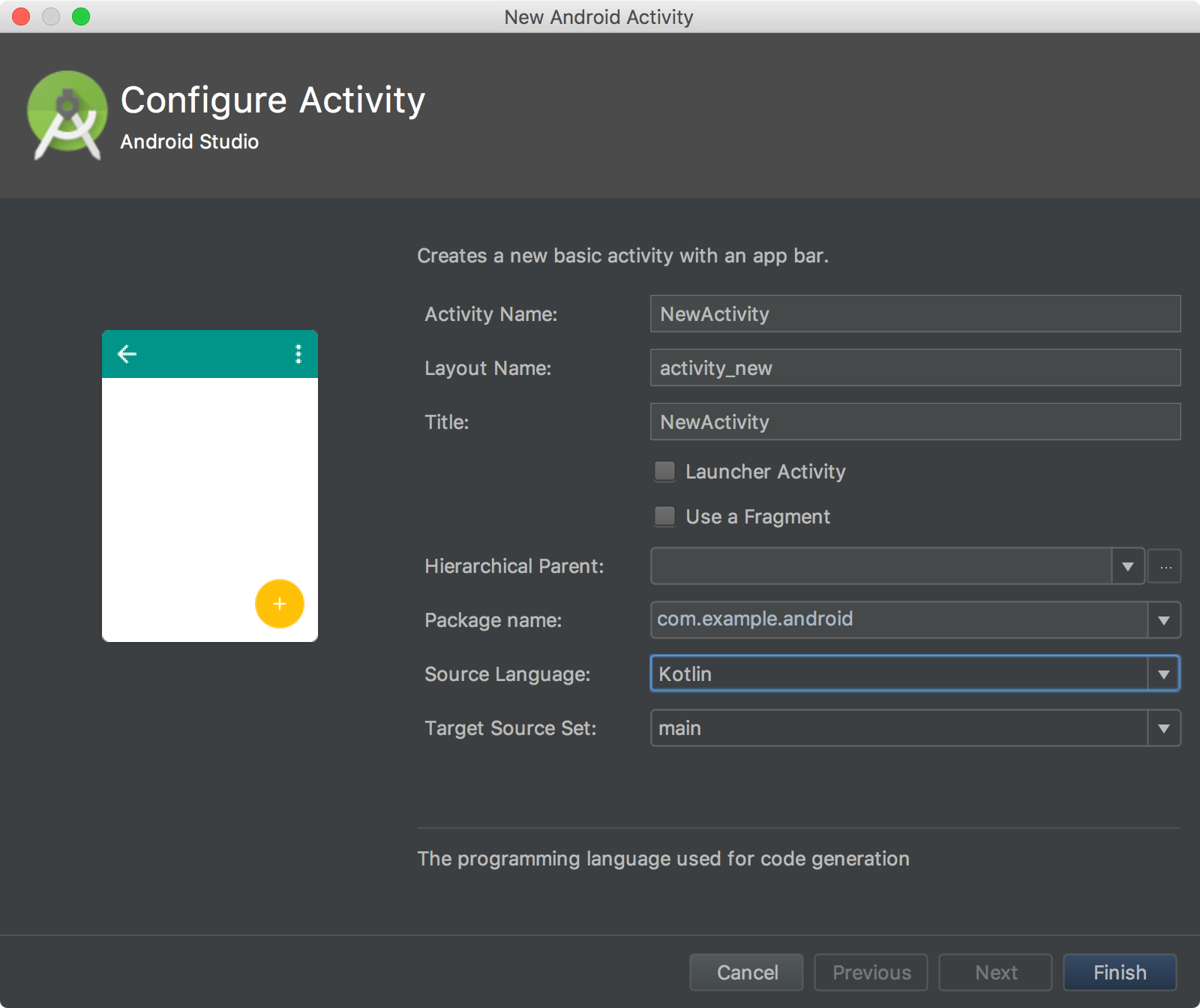
This can be a good choice if you want to share data with otherĪpplications/projects. (sort of) human readable and there are binding libraries for lots of This approach can be very attractive since XML is Parsing code, and the parsing imposes a small run-time cost. This is a simple andįlexible approach, although it does require writing one-off encoding and String – such as encoding 4 ints as “12:3:-23:67”. You can invent an ad-hoc way to encode the data items into a single.rialization has aīut this does not offer the full features of protocol buffers. This does not work very well if you need to shareĭata with applications written in C++ or Python. How do you serialize and retrieve structured data like this? There are a few The address book has a name, an ID, an email address, and a contact phone The example we’re going to use is a very simple “address book” application thatĬan read and write people’s contact details to and from a file. This isn’t a comprehensive guide to using protocol buffers in Kotlin. Use the Kotlin protocol buffer API to write and read messages.By walking through creating a simple example


This tutorial provides a basic Kotlin programmer’s introduction to working with This tutorial provides a basic Kotlin programmers introduction to working with protocol buffers.


 0 kommentar(er)
0 kommentar(er)
